Galería RGR is pleased to participate in Zona MACO for the tenth time and showcase a diverse collection of works by both Latin American modern masters and international contemporary artists. The booth features a selection of drawings, paintings, sculptures, and installations that challenge conventional approaches to color, geometry, movement, space, and language. With its emphasis on experimentation and diversity, RGR’s display offers a fresh perspective on the relevance of modern art and first-hand developments of contemporary art, inviting visitors to engage and gain new insights into the present.

MATTHIAS BITZER
(Stuttgart, Germany, 1975)
Matthias Bitzer's work is poetic and enigmatic, as he resolves figurative painting with abstraction and ornamental geometries. His passion for literature, poetry, and science result in an optical network that connects gaps in our perception of time and space. His source of inspiration derives from a broad range of often forgotten historical figures, including Emily Dickinson. Bitzer unfolds a new perspective on modernism by creating a visual cosmos that immerses the viewer in a world of figuration in geometric patterns, overlapped images, and abstraction. In that sense, Bitzer is concerned with identity as an existential stance and constantly unveils the fragility of what we take as “truth."
Currently lives and works in Berlin, Germany.
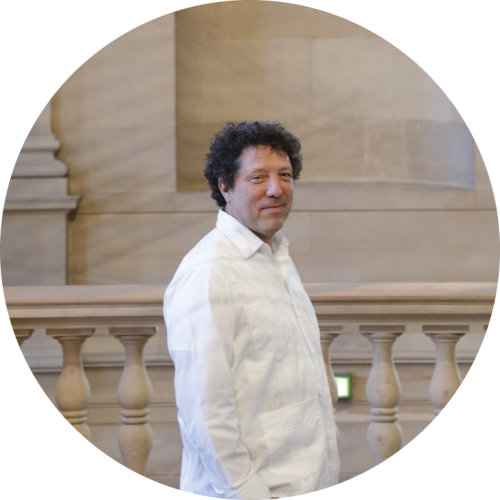
ELIAS CRESPIN
(Caracas, Venezuela, 1965)
His training in engineering and computer science is essential for the development of his work, which combines two universes: art and programming. The encounter with the work of Jesús Rafael Soto led him to discover the potential of abstraction as a form of mathematical representation. His first artwork, Malla electrocinética I (2004), is the result of a reflection process on the mathematics of movement. By using motors controlled by custom software, he manages to animate geometric modules whose kinetic metamorphosis alludes to both dance and mathematical analysis.
Currently lives and works in Paris, France.
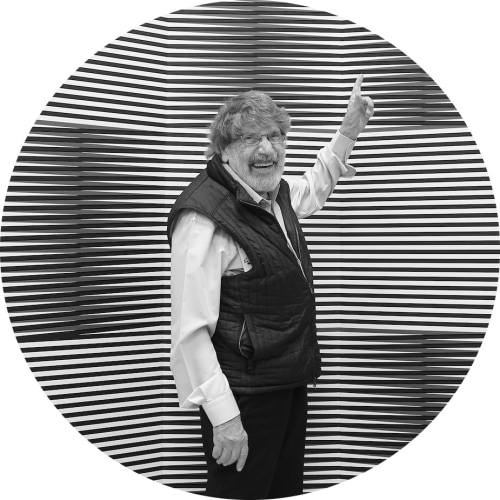
CARLOS CRUZ-DIEZ
(Caracas, Venezuela, 1923 - Paris, France, 2019)
Carlos Cruz-Diez was one of the most prominent figures of Kinetic art whose work has been based upon the revaluation of color as an experience in itself, as a phenomenon of light in which interpretation or cultural background is no longer relevant. His artistic practice invites viewers to become conscious of how perceptual relationships constitute the aesthetic, and how every context implies a different approach and construction of the same artwork. His research has positioned him as one of the key thinkers of the 20th century when it comes to color. He has contributed majorly to the possibility of rethinking the relations between artist, spectator, and art, framing them within a participative process rooted exclusively in the use of color.
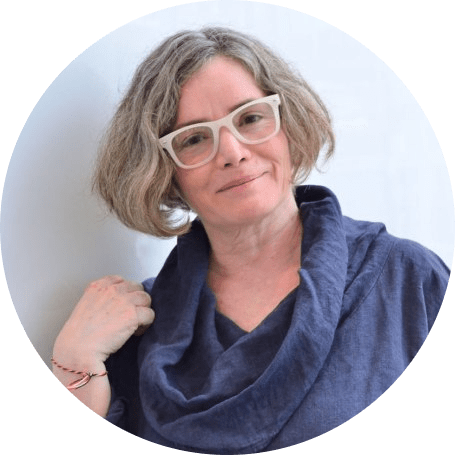
MAGDALENA FERNÁNDEZ
(Caracas, Venezuela, 1964)
Magdalena Fernández’s versatility as an artist is a reflection of her path through the fields of physics, mathematics, graphic design, visual and sound arts. Since the 1990s, she began to experiment with participative works that echoed the profound modernist history of Venezuelan art, referring to interventions in public spaces and collective experiences, similar to those configured by artists such as Jesús Rafael Soto. Through video, installations, sculpture, drawing and graphic works, the artist moves the body into structures that tend towards change, promoting the fluidity of something that in principle would appear entirely solid.
Currently lives and works in Caracas, Venezuela.
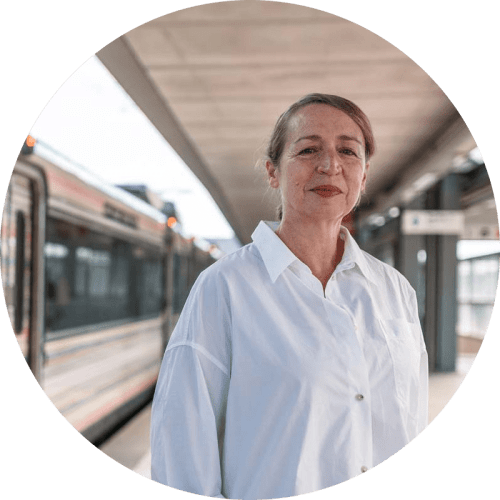
FERNANDA FRAGATEIRO
(Montijo, Portugal, 1962)
Fernanda Fragateiro’s work powers relationships with space, immersing the viewer in a performative situation. Her interventions in unexpected locations (a monastery, an orphanage, houses in ruins, i.e.), subtle landscape alterations, and the use of materials such as fabrics found in German factories, used books, or rubbles from the Portuguese construction boom; reveal stories buried in transformation. The Portuguese artist references art history, architecture, feminism, and politics yet, maintains a solid characteristic style with a minimalist aesthetic of form, color, and texture. Fragateiro operates in the three-dimensional field, focusing on sculpture and installation as her primary means of expression. The way in which Fragateiro intervenes space unveils her keen interest in rethinking modernism.
Currently lives and works in Lisbon, Portugal.
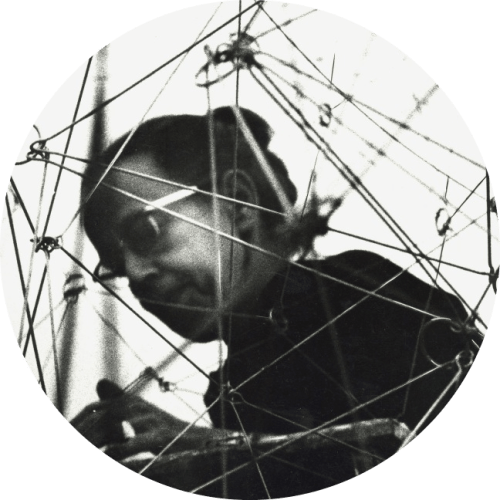
GEGO
(Hamburg, Germany, 1912 - Caracas, Venezuela, 1994)
Gego (Gertrud Goldschmidt) studied architecture and engineering at the Stuttgart Technical School, Germany, where she was tutored by architect Paul Bonatz, following the models proposed by the Bauhaus and Russian Constructivism. In 1939, due to persecution from the Nazi regime, the artist migrated to Venezuela, settling in Caracas. Her work is characterized by the experimentation with lines upon space, conceived as the most elemental unit of drawing, as well as for the innovative use of the grid, a form intimately related to abstraction in modern art. In 1969, Gego exhibited Reticulárea at the Caracas Museum of Fine Arts, an installation whose importance in the history of art cannot be understated. It is an assembly of modular pieces made of steel and aluminum, which constitute an apparently organic vast structure, which experience is marked by the rupture of the spaces that hold them in place.

PATRICK HAMILTON
(Leuven, Belgium, 1974)
Patrick Hamilton studied art at the Universidad de Chile. His work is characterized by a political interest that promotes the return of the social burden that abstractionism and conceptual art had at their time. With clear references to the 20th-century avant-gardes, the artist develops critiques in which the economy of visual language allows him to be incisive and forceful with his ideas. The works belonging to his series Abrasive Paintings, for instance, are made with black, red, yellow or white-colored sandpaper, with which the artist makes geometric patterns, almost always rectangular, alluding to bricks. A design that first appears innocuous hides an aggressive materiality, in a way that contrasts the “coldness” and simplicity of rational design with a strong emotional base. More widely, Hamilton seeks to make connections between these sorts of clashes and the contexts of the countries to which he holds personal links, be that Spain or Chile, referring to their social problems and their historical roots.
Currently lives and works between Madrid, Spain, and Santiago, Chile.
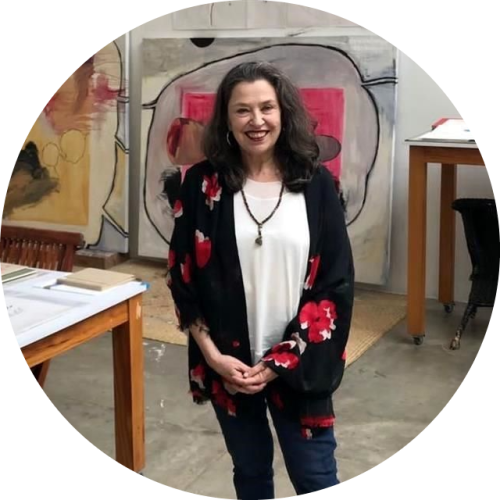
MAGALI LARA
(Mexico City, 1956)
Magali Lara has a degree in Visual Arts for Plastic Expression from the University of Guadalajara and a Master of Arts from the Universidad Autónoma del Estado de Morelos. With more than 40 years of work, the visual artist, manager, and academic has developed a multidisciplinary practice that explores issues related to the unconscious, everyday life, emotions, the body, the feminine, and the "otherness". Influenced by the women painters of the Mexican school, such as Maria Izquierdo, Olga Costa, and Frida Kahlo, Magali Lara takes up an interest in still life, objects, and dreamlike atmospheres. These elements are used to compose a unique symbolic language that she has brought to the fields of animation, drawing, writing, ceramics, the artist's book, painting, and textiles.
Currently lives and works in Cuernavaca, Mexico.
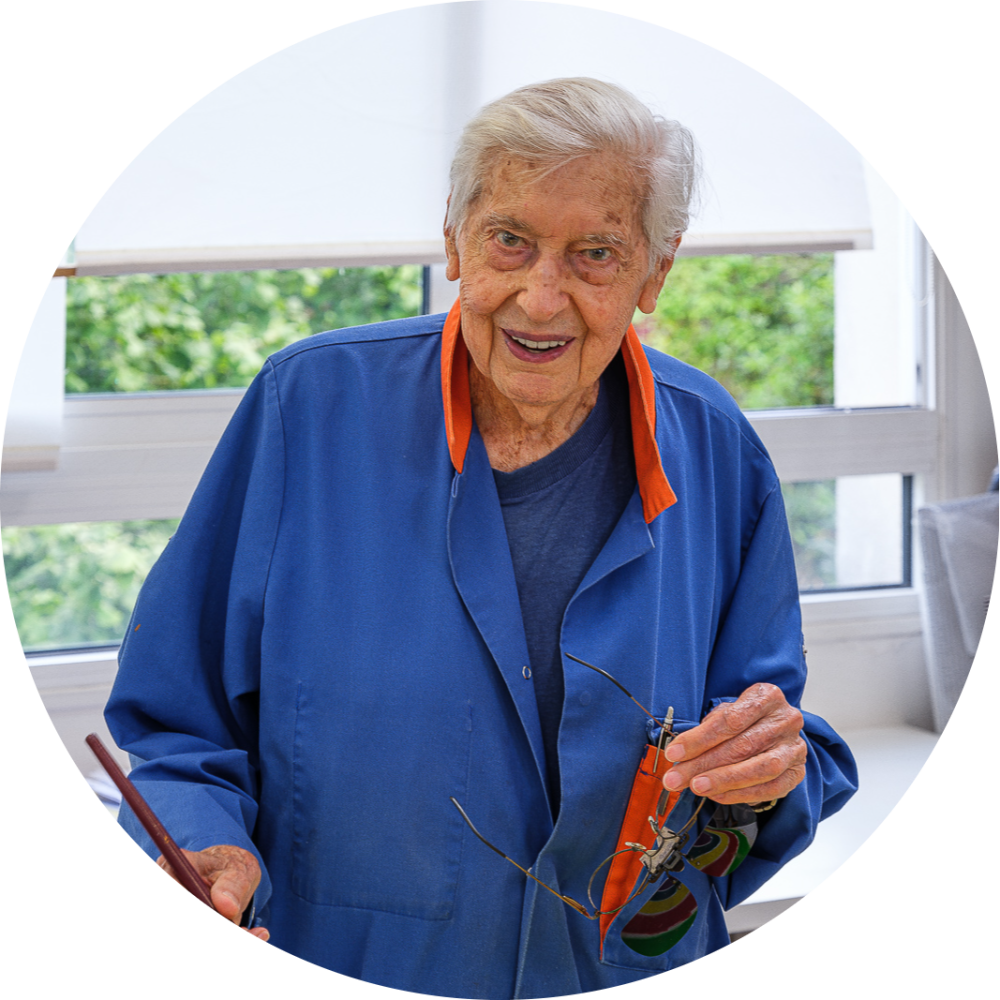
JULIO LE PARC
(Mendoza, Argentina, 1928)
Julio Le Parc is one of the most renowned figures in the field of research, and experimental visual arts focused on both modern op-art and kinetic art, whose influence spans from the mid-20th century to the present. He studied at the National University of the Arts in Argentina, where he was first interested in the relationships between light and form. Immersed in the radical environment of the student movements of his native country, between 1955 and 1958, he participated in the occupations of the Academy of Fine Arts and the reformulation of its programs, oriented by the proposals of avant-garde artists such as the Arte-Concreto-Invención movement and where he met the influential art critic Jorge Romero Brest.
Currently lives and works in Paris, France.
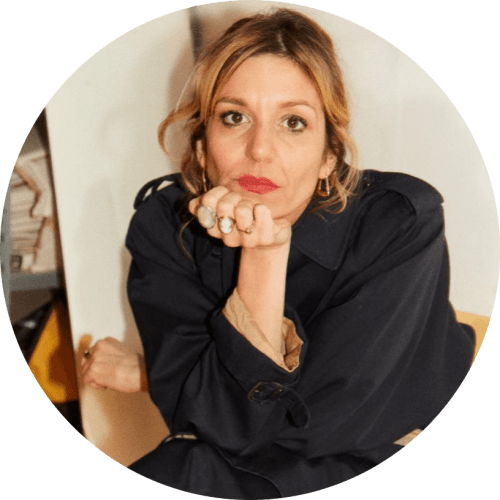
FRANCE-LISE MCGURN
(Glasgow, Scotland, 1983)
She studied Fine Arts at the Duncan of Jordanstone College of Art & Design in Dundee, Scotland. In 2005, the Royal Scottish Academy awarded her the John Kinross Scholarship, which allowed her to live in Florence, Italy. In 2012 obtained a Master's in Painting from the Royal College of Art in London, time which she did an exchange at Hunter College of Art, New York, NY.
Inspired by classic art and contemporary popular culture, McGurn's pieces are characterized by the fluidity and intuition of her traces that portray imaginary characters in intimate scenes that explore various themes. In her compositions, we can appreciate the frequent use of washed glazes, nude figures, and superimposed lines.
Currently lives and works in Glasgow, Scotland.
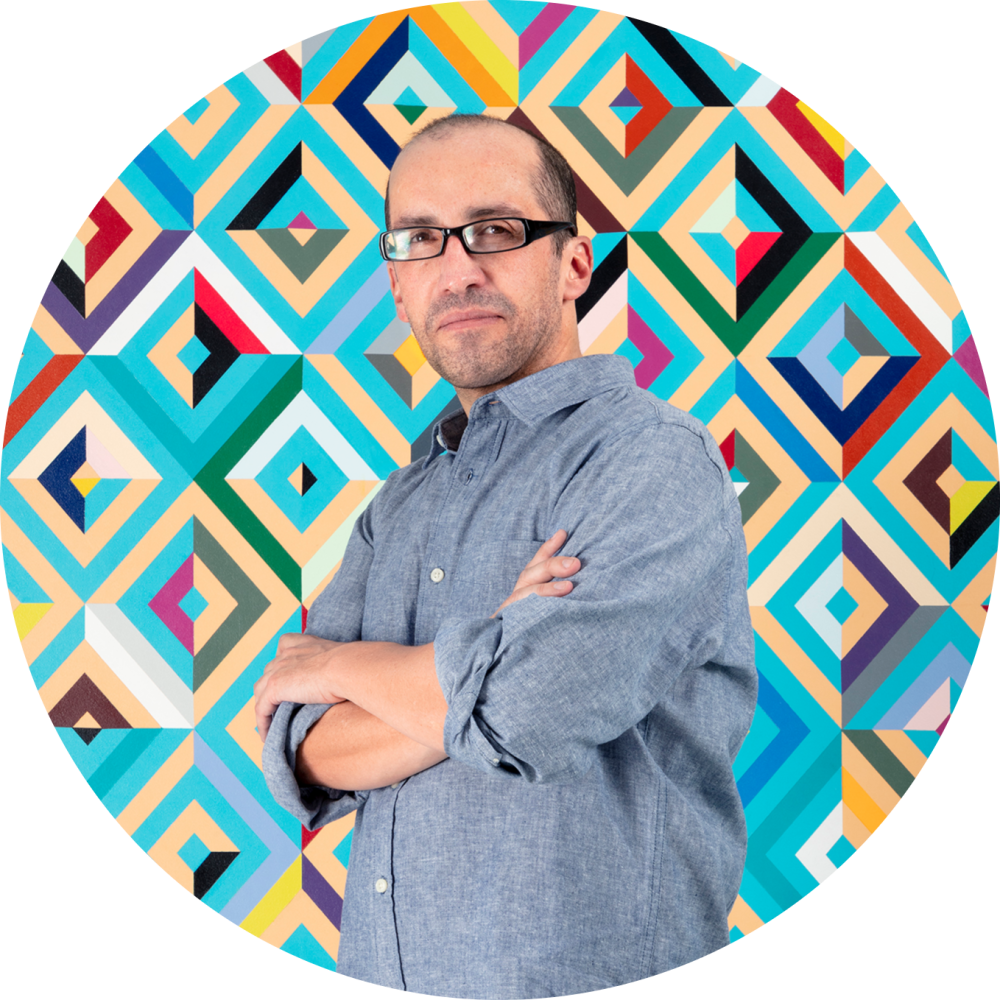
PAUL MUGUET
(Mexico City, 1975)
He holds a degree in Visual Arts from the School of Fine Arts of Annecy, France, and a Master in Visual Arts from the Superior School of Fine Arts of Nîmes, France. Since 2019 is member of FONCA’s Sistema Nacional de Creadores de Arte. For Muguet, painting and sculpture are mediums that serve as a starting point to explore what he has called “the worries, the interests and the emotions that emerge in the everyday life of any person.” The references to daily life are therefore fundamental in his work, whether they are common thoughts about death, time, or dreams, or the familiar objects on which the experiences of each person are imprinted.
Currently lives and works in Mexico City.
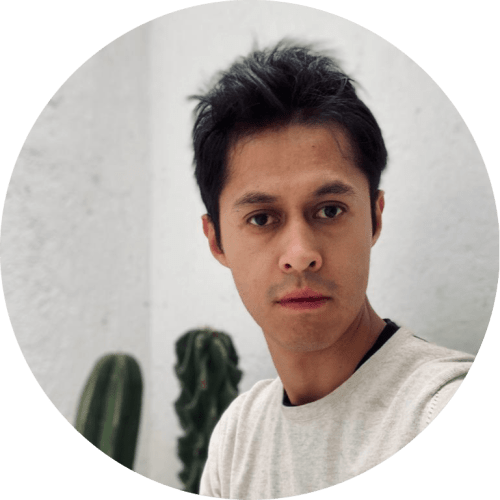
FRANCISCO MUÑOZ
(Tlaxcala, Mexico, 1986)
Francisco Muñoz’s multidisciplinary practice includes sculpture, drawing, collage, painting, textiles, and installations. He studied at the Escuela Nacional de Pintura, Escultura y Grabado, La Esmeralda, in Mexico City, and later at the Escuela Nacional de Bellas Artes in Lyon, as part of an artistic fellowship program. His work is placed in the questioning and analysis of national identities, especially in aesthetic terms. The artist is originally from Tlaxcala, a crucial place in the imaginary produced by the official history of Mexico regarding the period of the Conquest. In that sense, Muñoz approaches pre-Columbian images and symbols as a part of present-day speeches that are necessary to question and explore.
Currently lives and works in Mexico City.
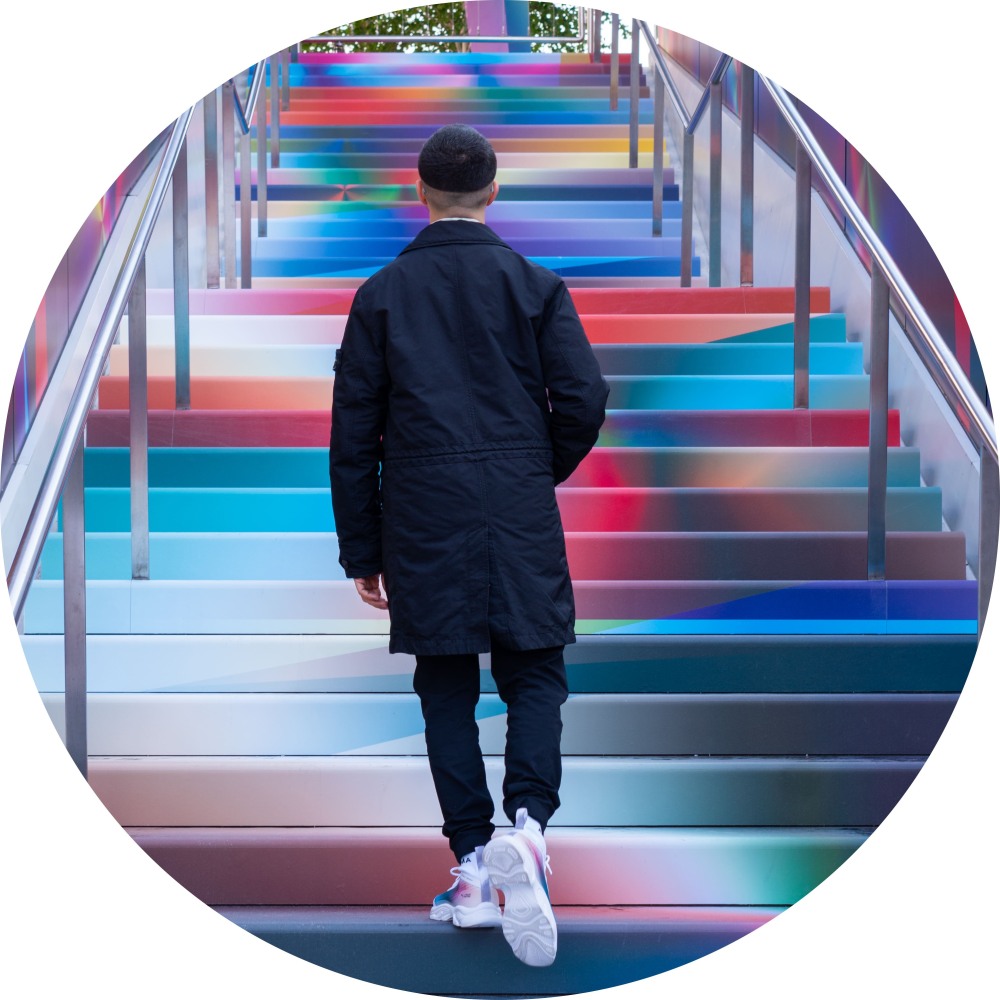
FELIPE PANTONE
(Buenos Aires, Argentina, 1986)
He began his practice as a teenager, making graffiti in Torrevieja, in the south of Spain. Calligraphy and typography, the fundamental focus of graffiti, were the platform from which the artist undertook the development of an abstract or geometric visual language that aims to be both accessible and democratic, parallel to current technological speech. Pantone's work maintains a historical connection with current production methods and with the visual references of the hyper-connected and digitized society. His work is a meditation on the ways in which we consume visual information in current times.
Currently lives and works in Valencia, Spain.

DIEGO PÉREZ
(Mexico City, 1975)
Diego Pérez’s multidisciplinary practice continuously plays with the idea of the border, be they the limits that divide art from other sorts of objects, those that divide art from the wider public, or those that separate contemplation from experimentation. The artist articulates a sculptural imagination in which every material is an endless source of forms whose relationships do not end in the work, but extend to the environment and the viewer. Beginning his career in the field of photography, Pérez has oriented his work towards the public life of objects, fomenting, not without a degree of humor and an affinity for fantasy, an inquiry about social relationships that give works meaning.
Currently lives and works in Mexico City.
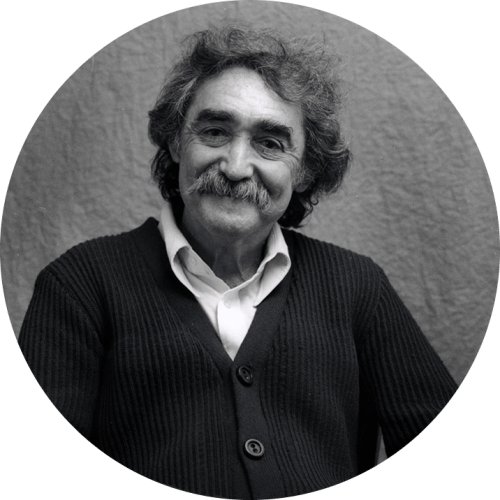
JESÚS RAFAEL SOTO
(Ciudad Bolívar, Venezuela, 1923 - Paris, France, 2005)
Jesús Rafael Soto was an influential and central figure of post-war global modernism. He participated in the group exhibition Le mouvement (1955), at the Denise René Gallery in Paris, one of the foundational moments of the style. Throughout his career, he was prominent for the redefinition of the social role of art, rooted in wide research about the spatial-temporal quality of the artistic object. Soto studied Fine Arts in Caracas, then he moved to Paris in 1950, where he became a part of the international group of artists that sought to renew the experimental art scene. Even though he has been commonly associated with Op Art, Soto’s work is rather characterized by the continuous study of movement and the dematerialization of the form, producing kinetic constructions where the active participation of the spectator is fundamental.

OSWALDO VIGAS
(Valencia, Venezuela, 1923 - Caracas, Venezuela, 2014)
Oswaldo Vigas is a Venezuelan artist best known as a painter and muralist, but his work spanned painting, sculpture, print, drawing, ceramic, and tapestry. Predominantly recognized as a self-taught artist, Vigas avoided the artistic currents of his environment and instead ventured to build his artistic language, inspired by the magical, the mythical, and the telluric of the Latin American imaginary, a trend that would be the common thread of his oeuvre. In 1954 Vigas represented Venezuela at the Venice Biennale. In 1992 he participated in the XXVI International Prize of Contemporary Art of Monaco, receiving the first prize, and in 1999, the Iberian-American FIA Art Fair chose him as the honored artist. Oswaldo Vigas died in Caracas in 2014 at the age of 90 years.
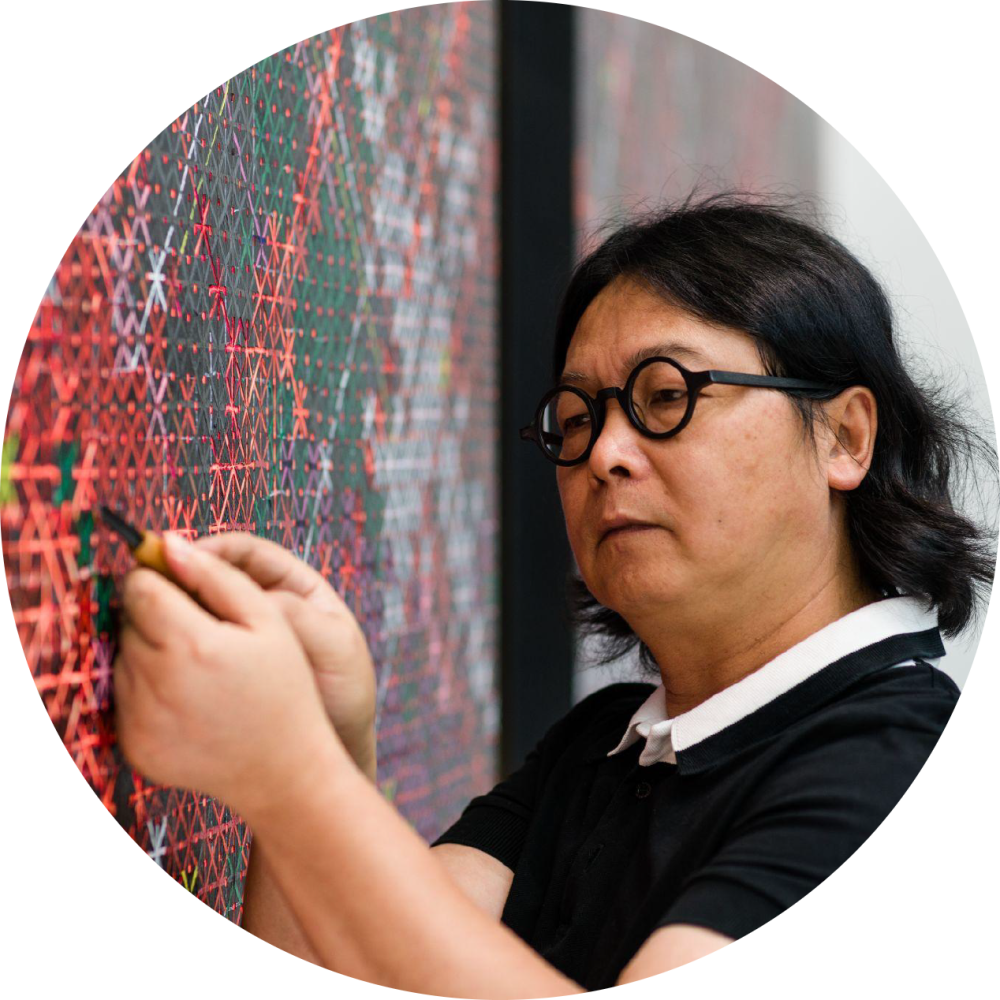
DING YI 丁乙
(Shanghai, China, 1962)
Ding Yi’s career includes studies in decorative arts at the Shanghai School of Arts & Crafts, a position as a designer in a toy factory, and studies in traditional Chinese painting at Shanghai University. The diversity of this background has been reflected, in his work, in the simultaneous coexistence of a high degree of apparent mechanization, repetition and precision, along with a creative impulse towards novelty and formal experimentation. His artistic practice includes painting, sculpture and installation, and is circumscribed by the idea of promoting the autonomy of the artistic field beyond politics and history. As he has stated: “abstract art can represent the spirit”.
Currently lives and works in Shanghai, China.